By Smita Mukerji

“The son of Udai is beyond his price.
Despair has driven many to this mart to witness their dishonour;
From such infamy the descendent of Hamír alone has been preserved.”

443 years ago, on a hot mid-May Summer day, two fearsome armies lay in wait in anticipation of action, eyeballing each other through a narrow spur in the Aravalli range, approximately 50 kilometres North of Udaipur near Gogunda. The exact location of this setting is known today as rakht-talai or the ‘pond of blood’, but the battle that followed is better known by the name of this mountain pass it lies in, which connects Rajsamand with Pali, districts in the Western Indian State of Rajasthan: ‘Haldighati’ (translated, turmeric valley), its name derived from a peculiar reddish-yellow colour of the soil that occurs in the area, exactly the shade of turmeric. But before entering the heat and fury of the ensuing battle-scene, it would be pertinent to suss out the background and motivations of the chief authors of this battle.
B A C K G R O U N D
Pratap Singh I, eldest son of Maharana Udai Singh II of the Sisodia dynasty of Mewar and Maharani Jaivanta Bai Sonigara of the Chauhans, ascended to the throne on March 3, 1572. Maharana Pratap, the name by which he became famed, succeeded to the titles and renown of his illustrious house, albeit without a capital nor resources and his clan and kindred weakened and dispirited. The siege and subsequent calamitous sack of Chittodgarh, the central fort at Mewar’s capital Chittod, exactly four years earlier during the reign of his father, by Mughal forces, had robbed the kingdom of its Eastern fertile belt and left Pratap in control of only the sylvan, hilly region in the West.
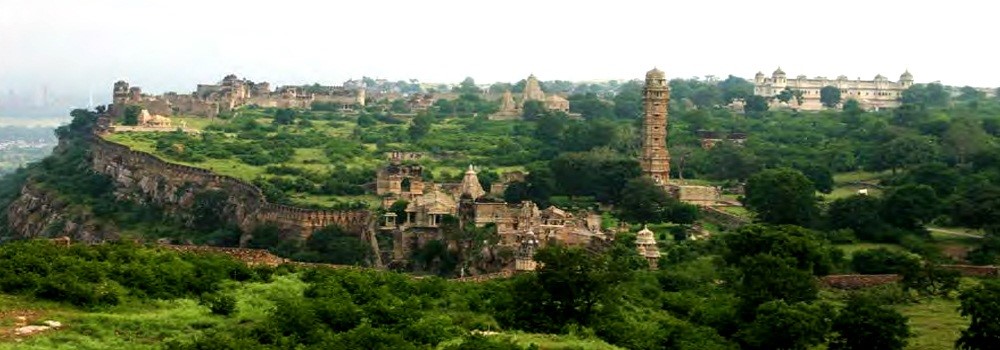
His rival was the Mughal emperor, Abu’l-Fath Jalal-ud-din Muhammad Akbar, who was nearly his age, but had already ruled for 16 years at the time Rana Pratap assumed the reigns of Mewar. Better known as Akbar I, it was he who had unleashed the monstrous carnage upon the inmates of Chittodgarh in 1568, a traumatic episode that was still fresh in the minds of the Mewaris.[1]
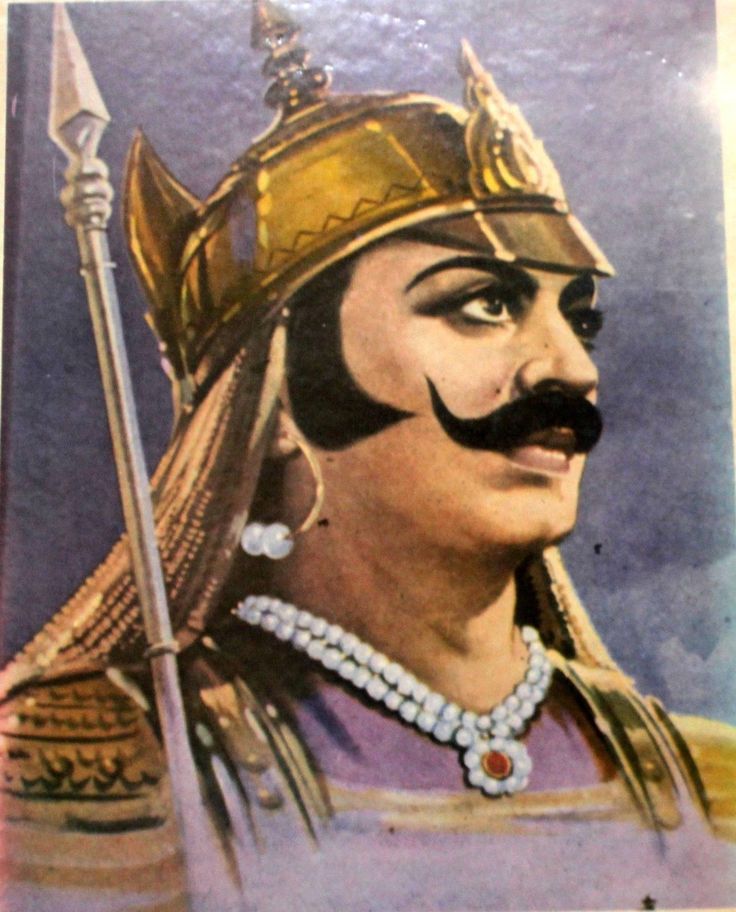
Irresolute and weak in his lifetime, Udai Singh did not distinguish himself in his death either. Husband of 25 royal consorts and at least a score legitimate sons, he made a tendentious and most unwise decision in favour of his younger son, Jagmal Singh, from his favourite wife, Dheer Bai Bhattiyani, willed as his successor to the exclusion of Pratap Singh, the eldest of his sons from his first wife. Jagmal possessed no overwhelming virtue and Pratap was not known to have done anything to incur his father’s displeasure to explain the supersession, but an exercise of the sovereign’s prerogative to appoint his successor. This was however not only a departure from the traditional rule of succession, but an unfortunate lapse of judgement that could have plunged the tottering State into civil war, but least on account of the wronged prince who acquiesced dutifully to his father’s wish.
But the Mewari chiefs headed by Rao Akhai Raja of Jhalor, the Chundawats Rawat Kishan Das of Salumber and Rawat Sangha of Deogarh, and Raja Ram Sah Tanwar of Gwalior intervened to rectify the deceased Rana’s error, effecting a coupe de main to physically force Jagmal to vacate the royal seat he had occupied and take instead a seat beside meant for princes, a move which, lacking support from all quarters, he did not dare resist. They then invited on the throne the noble Pratap, who was found saddling his horse preparing to leave the kingdom, and crowned him with due ceremony.

Curiously though, there is no mention of Pratap or his exploits in Rajput chronicles before 1572 from which he drew this favourable reputation, save a solitary victory against the Chauhans of Lata. He was 29 years old when the fatal sack of Chittod took place, yet his name does not figure among its defenders nor those who left its defence to the Rathore chief Jaimal (Jai Malla) and Rawal Patta Sisodia, possibly forced to leave, the forlorn stand not worth losing the heir-apparent. But the peaceful expulsion of Jagmal leaves no doubt that it was not just the manifestly unjust disinheritance by his father but other qualities in Pratap’s character that his claim enlisted the unstinted support of the Mewar nobility, which subsequent events soon showed.
Akbar had seen quite early during his reign the wisdom of including Hindus in the stakes of his empire, for which he made several concessions towards them, countenancing practices which are not sanctioned by Islam and containing the rabidity of his military commanders. The relentless imperialist streak however, and the ruthlessness of the Mongol in him, combined with his grandiose assertions of supremacy focussed on his personality, remained his dominant character. This was markedly different from the simple ideals borne by the Maharana, of manliness, dignity, principles and sense of honour about the hallowed name of his clan, free of individual megalomania.
Akbar’s rise came with the Battle of Panipat in 1556 which brought Doaba under his control. The defeat of Sikandar Shah Suri in 1557 added rest of Punjab to his territory, followed by Mewat and Alwar conquered in 1557, and Jammu occupied in 1558. The Tomar Raja Ram Sah was ousted from Gwalior in 1559, followed by Baz Bahadur dispossessed of Malwa and Muzzafar Shah III of Gujarat, reduced to fugitives.
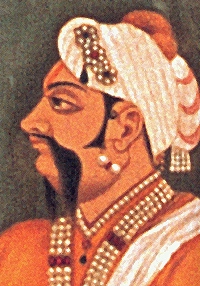
Among the Rajputs, the first to feel the heat of Akbar’s juggernaut was Raja Maldeo of Marwar who lost Ajmer, Nagaur and Jetaran, and was forced to send his son Udai Singh to the Mughal court as hostage. Maldeo Rathore had earlier embittered many among the Rajput tribes due to his ambition of reviving a Hindu empire, annexing Bikaner, Merta, Jetaran, Tonk, Barmer, Sikar, Churu, Jhunjhunun, Ajmer and Jhajjar to his territory, and also recovered Siwana, Jalor and Nagaur from the Afghans. With Akbar’s arrival on the scene, these Rajput chiefs now saw an opportunity to safeguard their kingdoms from Marwar’s expansionism.[2] One of these rulers was Amer’s Raja Bharmal (or Bihari Mal) of Kachhwahas, who finding himself in a dire situation sought an alliance with the Mughals in 1562, and was the first to accede to Akbar’s terms of treaty, which included marrying a daughter[3] from the royal house to the Mughal emperor. The same year, following the Battle of Merta, Rao Chandrasen, Maldeo’s successor, was ousted from Jodhpur, and Bundi and Ranthambore of the Hadas too fell to the Mughals.

Akbar offered lenient terms to the conquered princes and allowing them, especially the Rajputs, to retain their kingdoms, albeit as fiefs of the Mughal empire[4], he made it palatable for them to submit to the Mughal crown, thereby minimising resistance to his conquest. Rao Kalyan Mal of Bikaner paid homage to the imperial presence and married his niece, Raj Kunwari[5] and another princess, Bhanumati[6], to Akbar. Rao Udai Singh Rathore also married his daughter[7], Rukma Bai, to Akbar and surrendered Phalodi in North-east Jodhpur. Rawal Harraj Bhati of Jaisalmer accepted Mughal supremacy and married his daughter, Nathi Bai, to Akbar.
At the time Pratap came to the position of Maharana, Akbar was the sovereign master of larger part of India and entire Northern India. Most Rajput rulers had acknowledged Akbar as their lord paramount. He had a standing army of 25,000 soldiers and the contingents at the command of the several hundreds of ranks of his mansabdars could swell his force to any number. He had organised his military and civil administration efficiently and with revenues of an estimated £32,000,000, Akbar commanded at this time resources much greater than any previous king.[8]
With these heavy odds what were the choices that the Maharana was faced with? Was it to be seen as wisdom to have agreed, like most of his own Rajput tribes, to become a liege to Emperor Akbar on the generous terms offered and increase the prosperity of his State under the auspices of the Mughal Empire? Should he have put behind him the horrific memory of Akbar’s bloody massacre of his kin and people in 1568 and accepted the high rank, honour and largesse he was sure to have been bestowed with following his capitulation, and ensured that his progeny was reared in the lap of luxury? Or should he, as the only two remaining Rajput principalities who still held out to the Mughals, Rao Chandrasen of Marwar and Rao Surtan of Sirohi, have trudged the path of a lonely and seemingly impossible particularist struggle, staking the lives of his men and meagre resources, and like them have his possessions reduced to naught? Was he merely a stubborn impediment to a magnanimous Emperor’s vision of a united country, motivated by false pride, as some historians suggest?[9] After almost 8 centuries of enslavement of mind and body, it is important for us to define what is the value of independence and the freedom to hold own principles. To understand the Rana’s situation it is important to know what exactly accepting Mughal suzerainty meant. Were the conditions good enough for a self-respecting people?[10]
First of all, it is important to see that Akbar had no such notion of a ‘unified Hindustan’, a modern idea of nation-state conceived much later. The principles of his State and each one of his measures of conciliation were undertaken with the sole design of reinforcing his position as the sovereign with maximised political clout, not achieving unity of a civilisation or landmass. He was purely an imperialist trying to establish his control over as large an area of the subcontinent as possible prompted entirely by self-gain. The bounteous advantages notwithstanding, offered to those who accepted vassalage, came with the condition of absolute, undiluted submission, which was not without ignominy.
The subjugated kings were technically reduced to hereditary jagirdars (provincial governors) of the Mughal Empire, their territory an estate of the Mughal crown bestowed through a royal sanad, which could be augmented or decreased according to the extent of their command (mansab) which in turn was incumbent on the emperor’s pleasure with the services rendered by them. They were expected to maintain their representatives at the Mughal court and place their armies at the beck and call of the emperor. They had to put up with interference in their internal affairs by the emperor and sometimes—though rarely—by imperial governors. Even succession was decided by the emperor and theoretically heredity rights on the jagir were not recognised. Upon the death of a provincial ruler, the heir received his father’s territory through an imperial letter of authority renewing the grant to his homeland, with any enhancement or reduction thereto/-from decided by the emperor. And this was not a mere formality: the usual custom being that when a raja died, the emperor would pay the heir a visit of mourning and give him a robe of honour if he was present in court, recognising him as the successor. In case he was away, this would be done by an imperial representative of rank. But the continuance of his jagir depended on this formal investiture and was not assumed as matter of course. Sometimes the emperor did alter the strict line of succession if a successor was not acceptable to him[11].
The rajas (as the other nobles) were expected to present themselves when summoned and personally pay homage to the emperor and/or keep their eldest son in attendance on him. Other attendant indignifying terms entailed standing guard on the imperial camp, to keep standing in court and not being allowed to carry arms[12]. They were liable to be tossed about here and there for long periods on expeditions and assignments to distant territories, a deliberate policy to prevent a king from growing roots and becoming too powerful. Added to this came the sine qua non that a daughter of the royal house had to be given in marriage to the emperor in order to safeguard their loyalty. Though this was a custom prevalent in India since times of yore, the matrimonial alliances with the Mughals were strictly one-sided.[13]
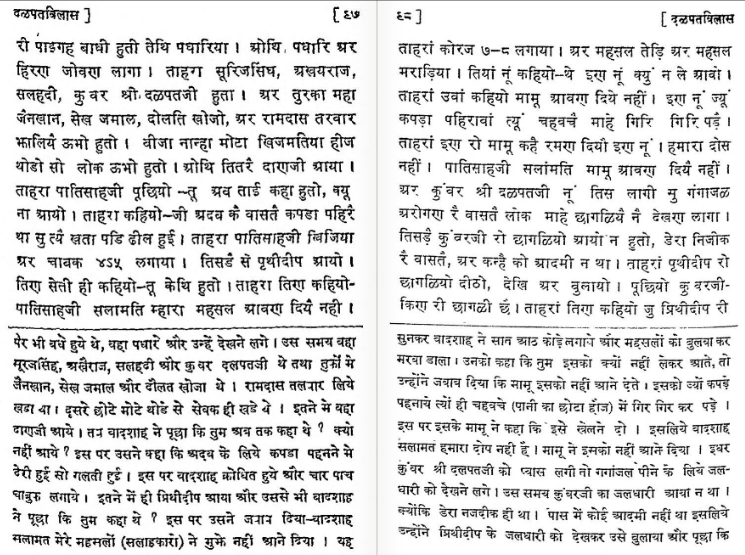
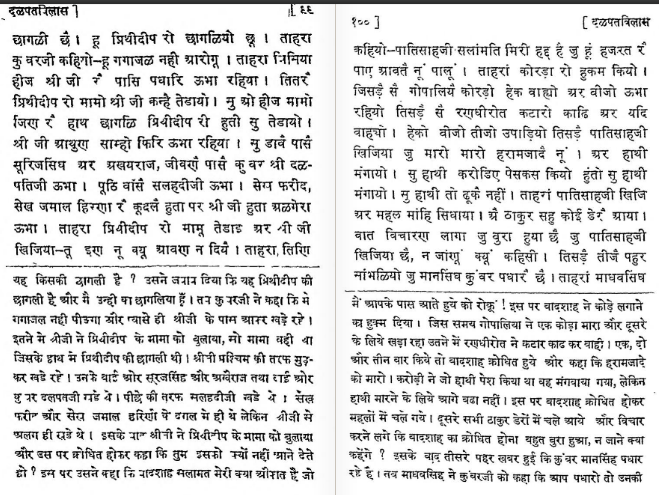
But even these mortifications were easier to gulp down compared to the degradation of being subjected to and forced to accept Akbar’s arrogant and atrocious conduct on some occasions. The emperor was prone to mood swings and fits of uncontrolled rage, during which his vassals had to silently bear its brunt for the fear of their lives. A contemporary Rajput account, ‘Dalpat Vilas’, describes one such spell of frenzied behaviour[14] which exposes the not-so-endearing side of Akbar’s nature.
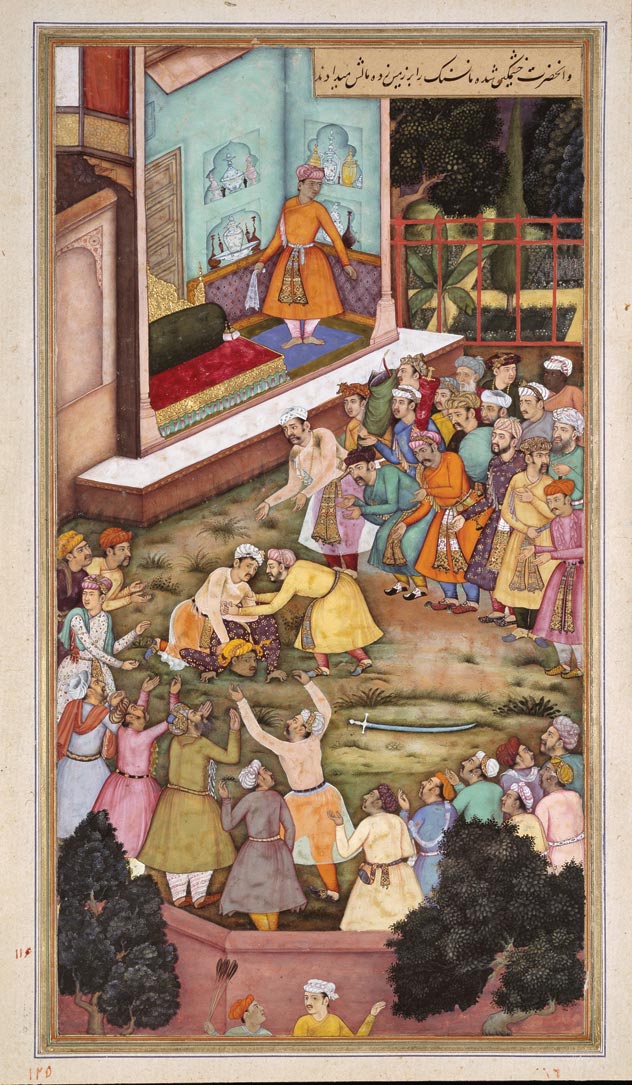
In 1578, during a hunting trip to Girjhak (Jabalpur Sharif/ Punjab), where animals had been collected for a hunt (qamargha), Akbar had got a Rajput noble, Dhanji, whipped by a servant when he got late in paying obeisance to him on his arrival at the encampment. In a foul mood, he ordered a minor Rajput child playing nearby, Prithidip, to be lashed for not stopping his play to bow to him, and also his uncle standing nearby, Ranthirot, who though had paid his respects to the Emperor, had simply asked the child to move aside instead of asking him to bow to the Emperor, possibly not thinking it necessary. Unable to bear the insult, Ranthirot had stabbed himself with his dagger thrice in an attempt to kill himself. But instead of feeling compunction on account of this, it had angered the emperor even further and he ordered him to be trampled to death by an elephant for the “audacity”.
Akbar’s maniacal behaviour and ravings in the following days until he calmed down are described in detail in this account, an example of what pusillanimous acceptance of servitude to Akbar may have begotten. Though some Rajput families like the Ameris and the House of Bikaner, were close to the emperor and able to stand up to him during his tantrums (possibly the only ones who could)[15], this privilege appears to have been limited to an extremely small group of people. Dr Dasharath Sharma, Indologist and historian, in his paper ‘Is Maharana Pratap to Blame for Resisting Akbar?’ analysed that these stories of Akbar’s treatment of his vassals would have been known to Rana Pratap and the ignoble consequences of submitting to him would not have been lost on him.
The other aspect to consider in these humiliating compromises by Rajputs is lack of foresight. Akbar’s marked pro-Hindu policies, particularly pronounced in the latter period of his reign, was part of a greater scheme by which he proposed to be the Emperor of all of India, Muslims and Hindus alike.[16] Considering that in the medieval times, state policy was determined by the personality of the sovereign, Akbar’s broadminded policies had no institutional basis, were moreover on precarious foundation since they were contrary to Islamic theocratic injunctions. Moreover, though Hindus were assured of freedom from religious persecution during Akbar’s reign, religious fanaticism did pervade the Muslim nobility at large, who did not miss an opportunity to take out their zeal in attacking them and their edifices. A case to the point is the destruction of Hindu and Jain temples in the course of the sack of Chittodgarh. As history would witness, the gains from this tremendous diminution of the Rajputs were lost in less than five decades after Akbar’s death, as one of his later descendants, Aurangzeb, brought the Mughal state under pure Islamic law to inflict a reign of terror on the Hindus.
“Was it politic or wise, Rajput princes might well have argued, though hopelessly, to give up principles, not of a lifetime or of a generation, but of centuries, for the idiosyncrasies, however well-intentioned, even of an emperor.”[17]
Cover Picture:
The ‘Haldighati’ Pass (Source: ConnectRajasthan.com)
The next instalment of this series can be read here.
[1] “The immense slaughter has left a deep stain on the memory and character of the Emperor, who scarcely deserves the labour of an apology. The triumph of the great Mughal was sullied by this act of disgraceful cruelty.” ~ G. N. Sharma
[2] It cannot be stressed enough how all through Indian history petty infighting among principalities severely imperilled the interest of Indians as a whole, the refusal to look beyond immediate self-interest, to gain a larger perspective and cognise the civilisational threat, instead ready at a moment’s notice to ally with an invading power to get the better of a rival. Invasions after invasions, loss after loss, plunder after devastating plunder, steep human cost and sacrifice one after the other, failed to bring home the lesson to Indians, and this gross lack of character plagues us, particularly the political class, as much today as it did in the age under consideration here and prior to that. As much as the invader was recognised as mlechchha (one from a different civilisational complex and value system), the capacity to rise above petty feuds to defeat the larger foe has never been a strength of Indians, at any point in history.
[3] Harkha Kanwar, b. October 1, 1542 (Mughal records), m. February 6, 1562, d. May 19, 1623 (went on to become the empress consort, Akbar’s principle wife and mother of the future emperor Jahangir.
[4] “The Rajput chiefs who submitted to Akbar had to surrender their possessions to the Emperor, and receive them back as a jagir for the mansab to which they were appointed.” ~ ‘System of Administration in Marwar’, by Sri Ram Sharma (Calcutta Review, 1925)
[5] Daughter of Kanhaji (‘Dalpat Vilas’)
[6] Daughter of Bhimraj (Ibid.)
[7] from a maid, Tipu
[8] ‘Revenue Sources of the Mughal Empire in India’, by Edward Thomas
[9] Dr. R. S. Tripath, The Rise and Fall of the Mughal Empire’
According to Satish Chandra, the Battle of Haldighati was, at best, “an assertion of the principle of local independence” in a region prone to internecine warfare.
According to Satish Chandra, the Battle of Haldighati was, at best, “an assertion of the principle of local independence” in a region prone to internecine warfare.“Honour was certainly involved. But it was the honour of Maharana Pratap at stake, not Rajput or Hindu honour.” ~ Eraly, ‘Emperors of the peacock throne: the saga of the great Mughals’
[10] “…every Rajput ruler, to whichever clan he may have belonged regarded other clansmen as members of his own fraternity as it were and treated them with all the considerations which are and should be the privilege of every self-respecting people. Did they have the same or similar at Akbar’s court?” ~ Dr. Dasharatha Sharma
[11] Raja Udai Singh of Jodhpur was succeeded by his sixth son, Sur Singh, in 1595.
[12] An exception was made only in the case of the Hada Rajputs.
[13] The Rajputs, it is asserted, feared that if they allowed Muslim princesses to get into their families, they would have to relax their principles of caste exclusiveness. [Tod] But that they accepted the other part of the unequal proposal, to marry their own daughters into the imperial family, was definitely a come down from the proud stand assumed by Rajputs in earlier times.
[14] The incident is corroborated in Muslim chronicles too, though Abul Fazl (Akbar Nama II) described it charmingly, ever ready to please his master with flattering descriptions, as “sublime divinity took possession of his body.” Arif Kandhari (Tarikh-i-Akbari) dubbed the fit as “divine intervention”, whereas Badayuni (Muntakhab-ut-Tawarikh), one of those who was more critical of the emperor, described it as “a strange state of frenzy fell upon the Emperor and the precedence was unaccounted for.”
[15] In 1573, Raja Man Singh punched Akbar in the middle of another such “spell of madness” as described by courtiers, to prevent him from hurting himself, which ended up in a fist fight between them.
[16] “There is no need to get behind the obvious and fish for other less honourable motives for these attempts of Akbar. But the Rajput suspicion that they were lowering themselves was also well-founded.” ~ S. R. Sharma
[17] Ibid.
First published June 18, 2018 at Jagrit Bharat.
